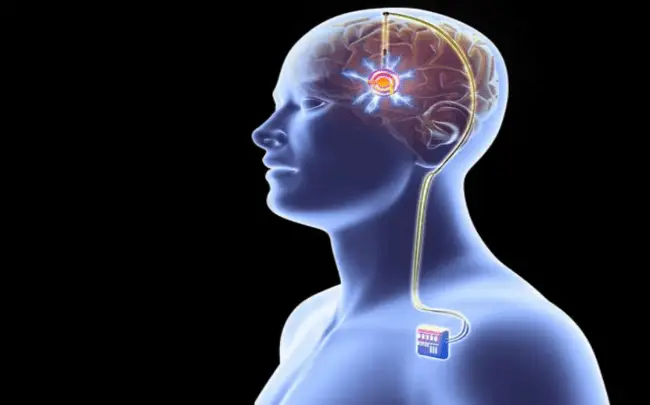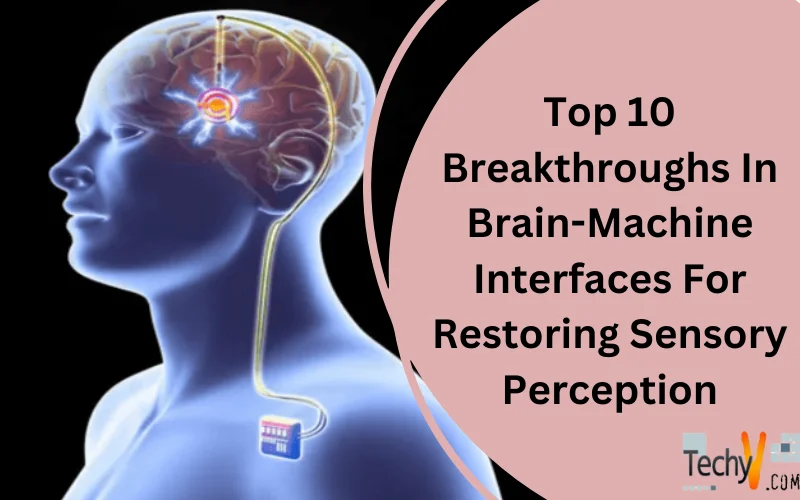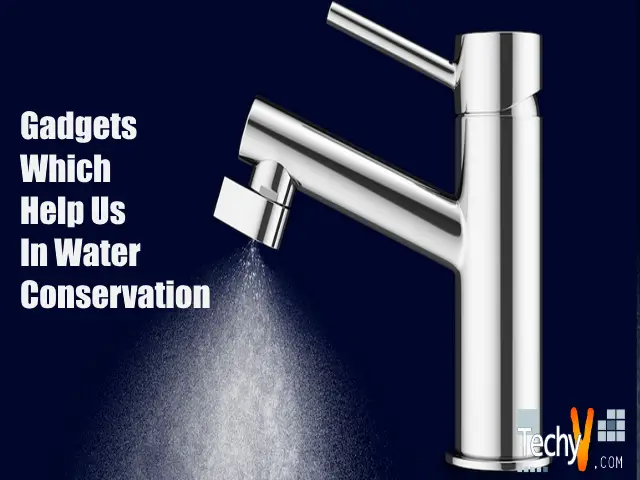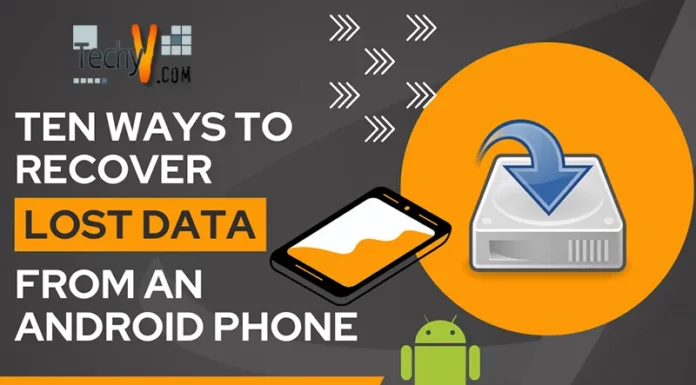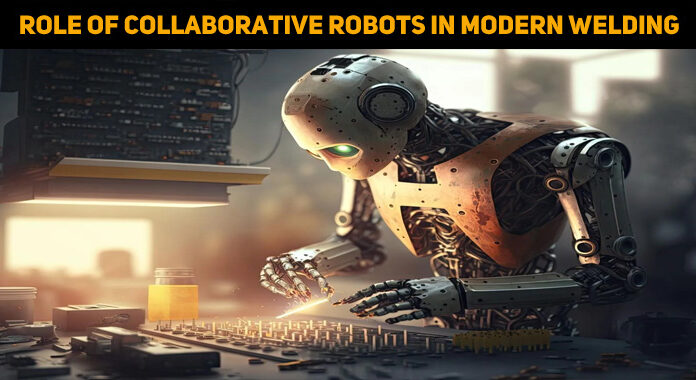Brain–computer interface (BCI) systems are a fast-growing technology consisting of hardware and software communication systems that control various external devices through our brain activity. An important application of BCI technology include is to help and assist disabled people like paralyzed patients. Many uses of BCI-related technology are in medical applications, and nonmedical applications like gaming and device control have also been developed for commercial use. This article consists of the basic concepts of BCI. We will discuss the Top 10 Breakthroughs in Brain-Computer Interfaces for Restoring Mobility and Communication.
1. Restoring Limb Movement
Bidirectional brain-computer interfaces (BCIs) make use of neural recordings to restore movement while conveying somatosensory information back to the user through direct stimulation of the nervous system. Decades of Research on motor control have enabled impressive demonstrations of brain-controlled arm and hand movements in people with paralysis. Furthermore, recent efforts to restore somatosensation have shown that intracortical microstimulation of the somatosensory cortex can generate focal, graded, and digit-specific sensations after chronic spinal cord injury.
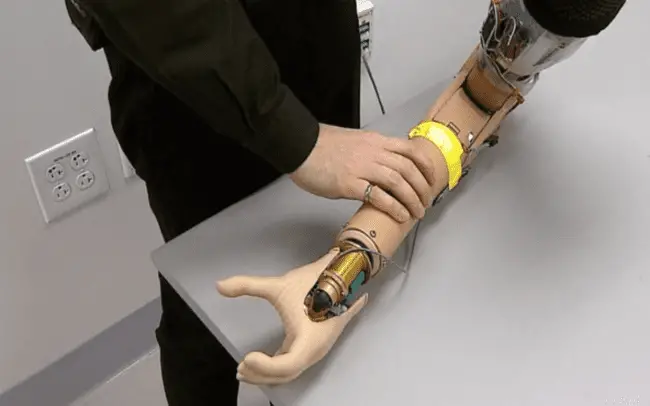
2. Augmentative And Alternative Communication (AAC)
BCIs may replace lost functions, such as speaking or moving. They may restore the ability to control the body by stimulating nerves or muscles that move the hand. BCIs have also been used to improve functions, such as training users to improve the remaining function of damaged pathways required to grasp. BCIs can also enhance function, like warning a sleepy driver to wake up. Finally, a BCI might supplement the body’s natural outputs, such as through a third hand.
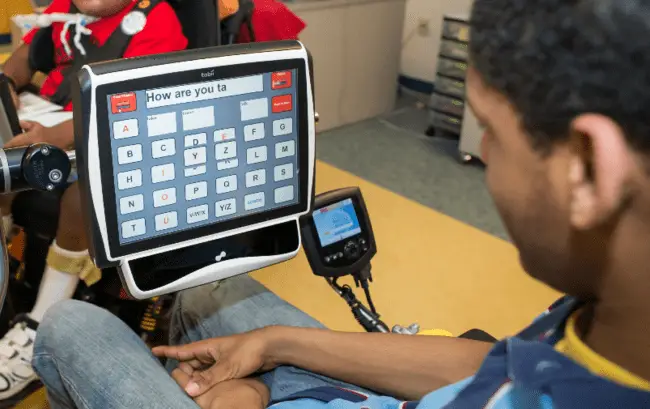
3. Mind-Controlled Prosthetics
The human brain controls arm and hand movement through a variety of peripheral nerves that go from the spinal cord to each and every arm and hand muscle. According to a study, the brain continues to transmit electrical signals down those nerves years after an amputation to control the muscles in the phantom limb. A prosthetic hand may be operated using recordings of these signals.
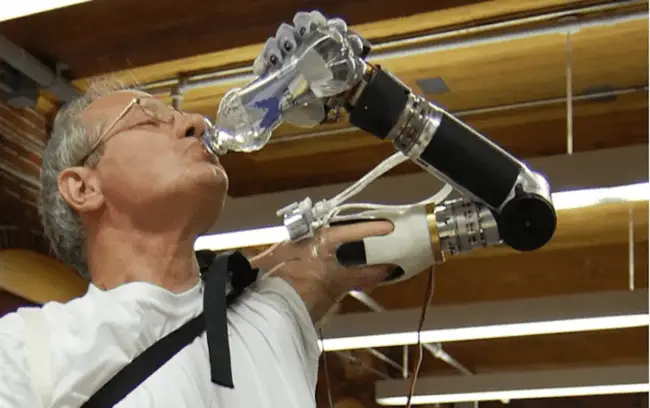
4. Deep Learning And Artificial Intelligence
Artificial intelligence or AI technology by which machines think and work like humans. Artificial intelligence has been used in various aspects of life, such as health, education, and whatnot. Artificial intelligence is surely the future of technology. It is used to make smart machines that learn from their environment and make decisions solely. Machine learning is a technology that lets machines learn Data to improve performance and work on a set of tasks. It acquires data from a previous subset and uses it to predict the outcomes. It’s a way by which machines can think like humans.
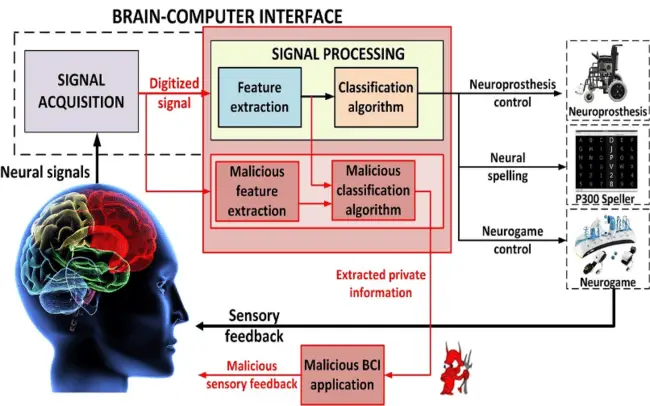
5. Neural Bypass Systems
To operate neuroprosthetic robotic devices using intracortical activity patterns, it has not yet been possible to utilize these signals to cause the muscles in the paralyzed limb to contract. A high-resolution neuromuscular stimulation device is used in this case which makes the person’s motor cortex collected using an intracortical electrode microarray. It is decoded into various strands having different structures.
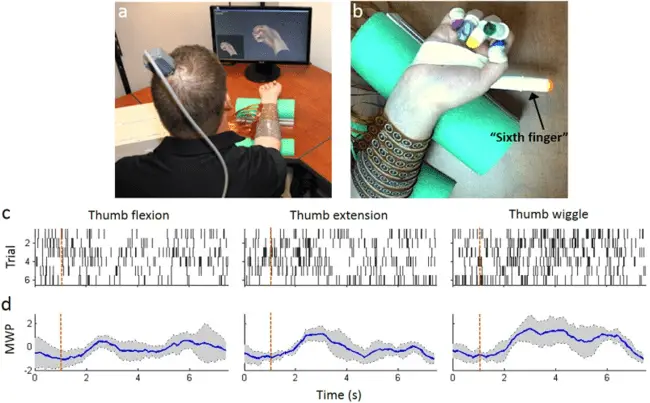
6. Auditory Brainstem Implants (ABIs)
To treat significant sensorineural hearing loss in infants and adults who are not cochlear implant candidates because they do not have physically intact cochlear nerves or implantable cochleae, an auditory brainstem implant (ABI) is a central neural auditory prosthesis that is surgically placed. The technology is made up of a multielectrode surface array that is inserted into the brainstem’s fourth ventricle’s lateral recess and activates the cochlear nucleus directly, bypassing the peripheral auditory system.
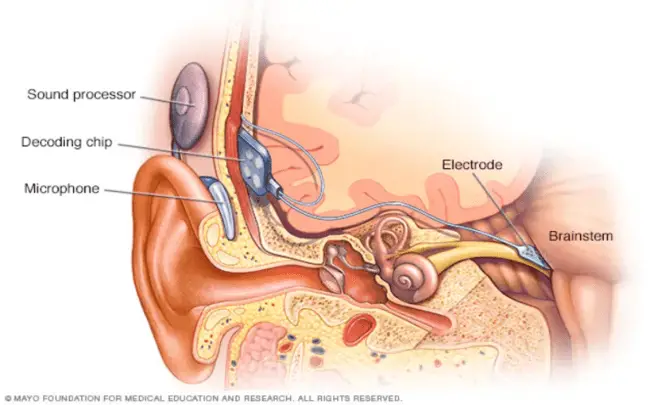
7. Invasive EEG-Based BMIs
Brain-machine interfaces (BMI) convert brain neuronal activity into signals that operate an external effector or have an impact on internal organs and bodily processes. Their initial uses were in the realm of medical care and rehabilitation for patients to regain social interaction or physical abilities. We are already seeing the emergence of commercial and bidirectional BMIs, which were inspired by their success.
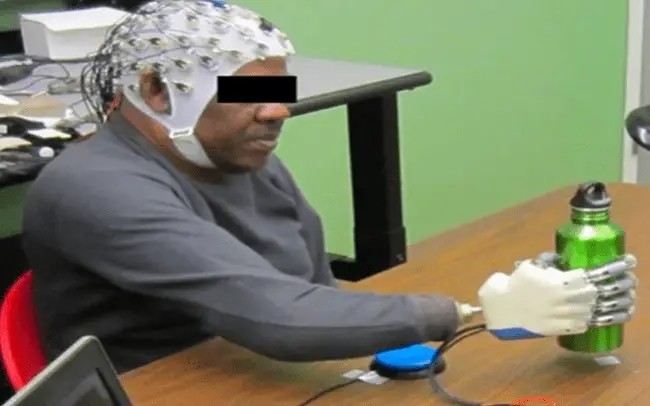
8. Non-Invasive BCIs
Non-invasive BCIs collect data from sensors positioned on or near the head. Implanting recording devices don’t require surgery, and noninvasive BCIs don’t involve risky or painful procedures. The electroencephalogram (EEG)every is the most used BCI recording method.

9. Brain-Controlled Wheelchairs
The human brain controls arm and hand movement through a variety of peripheral nerves that go from the spinal cord to every arm and hand muscle. According to a study, the brain continues to transmit electrical signals down those nerves years after an amputation to control the muscles in the phantom limb. A prosthetic hand may be operated using recordings of these signals.

10. Deep Brain Stimulation (DBS)
Several parts of the brain are implanted with electrodes during deep brain stimulation (DBS). Electrical impulses generated by these electrodes control aberrant impulses. Or the brain’s cells and molecules may be affected by the electrical impulses. An electronic device that resembles a pacemaker that is positioned beneath the skin in your upper chest regulates the intensity of deep brain stimulation. This gadget is linked to the electrodes in your brain by a cable that passes beneath your skin.
